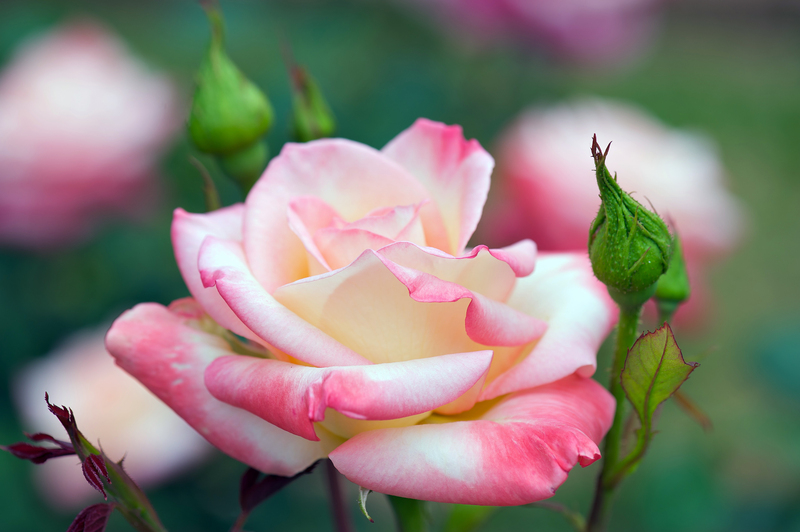Revitalize Shadowy Areas with Evergreen Climbers
Posted on 20/05/2025
Transform your garden into a vibrant oasis by revitalizing shadowy areas with evergreen climbers. These plant varieties not only add texture and color to your outdoor spaces year-round but also create a lush, green sanctuary even in the dimmest corners of your garden. In this comprehensive guide, we will delve into the various types of evergreen climbers, their benefits, and tips for growing them successfully.
Understanding Evergreen Climbers
Evergreen climbers are plants that retain their foliage throughout the year, providing consistent coverage and aesthetic appeal. Unlike deciduous plants, which shed their leaves in fall, evergreen climbers offer continuous growth and flourish even in wintry conditions.

Benefits of Using Evergreen Climbers
- Year-Round Beauty: With evergreen climbers, your garden remains picturesque in every season.
- Privacy and Shade: These plants can serve as natural screens, offering privacy and shade where needed.
- Low Maintenance: Most evergreen climbers require minimal pruning and thrive with basic care.
- Environmentally Friendly: By improving air quality and supporting biodiversity, these plants contribute positively to the environment.
Types of Evergreen Climbers for Shady Areas
Finding the right evergreen climbers for shadowy areas can significantly enhance your garden's landscape. Below are a few popular options:
Ivy (Hedera helix)
English Ivy is a versatile choice that adapts well to shady environments. It's an excellent option for covering walls, fences, and trellises due to its fast-growing nature.
Climbing Hydrangea (Hydrangea anomala subsp. petiolaris)
This climber prefers partial to full shade and produces lovely white flowers in the summer. Despite its slow initial growth, the climbing hydrangea becomes a showstopper with age, thanks to its charming blooms and vibrant foliage.
Jasmine (Trachelospermum jasminoides)
Star Jasmine thrives in shaded areas and produces fragrant white flowers. Its glossy, dark green leaves offer an attractive backdrop, even in the absence of flowers.
Euonymus fortunei
Also known as Wintercreeper, this climber provides bold yellow-green foliage which shines in shaded areas. It's a tough plant that performs well as a ground cover or wall climber.
Clematis (Clematis armandii)
The evergreen clematis is perfect for adding height and beauty to shady spots with its glossy leaves and attractive, fragrant flowers.
Planting and Caring for Evergreen Climbers
Ensuring the success of your evergreen climbers involves thoughtful planting and maintenance practices. Here are a few essential tips:
Site Selection
Choose locations with ample shade that receive indirect sunlight. Most evergreen climbers are adaptable but perform best in conditions that mimic their natural habitat.
Soil Preparation
- Enrich the soil with organic matter to improve drainage and fertility.
- Consider mulching to retain moisture and suppress weeds.
Watering
Consistent watering is crucial, especially during the initial growth phase. However, avoid overwatering, as soggy soil can lead to root rot.
Pruning
Regular pruning helps maintain the plant's shape and encourages new growth. Remove dead or damaged leaves and stems to keep the climber healthy.

Designing Your Garden with Evergreen Climbers
Integrating evergreen climbers into your garden design adds vertical interest and a lush backdrop that enhances other plantings. Consider these design ideas:
- Use climbers to soften the appearance of walls and fences.
- Train plants over arbors and pergolas to create inviting, shaded walkways.
- Combine climbers with flowering plants for a burst of color during certain seasons.
Conclusion
Revitalizing shadowy areas with evergreen climbers is a cost-effective strategy that brings life to underutilized garden spaces. By choosing the right plants and following best practices for care, you can cultivate a beautiful, green retreat that's visually pleasing all year long. Explore the potential of these hardy climbers and watch as they transform even the dullest corners of your landscape into a thriving ecosystem.

